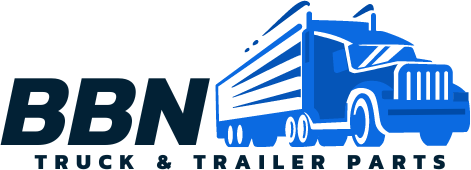The truck spare parts industry plays a pivotal role in keeping commercial vehicles on the road, ensuring the smooth functioning of the global logistics and transportation network. As an integral component of the automotive sector, the truck spare parts market has witnessed significant growth and evolution over the years. In this deep dive, we will explore the key facets of the truck spare parts industry, from its structure and market dynamics to the challenges and innovations that shape its landscape.
Industry Overview:
The truck spare parts industry is a vital segment of the automotive aftermarket. It encompasses a wide array of components, ranging from essential engine parts to accessories and body components. The demand for spare parts is closely tied to the global truck fleet, which includes various categories such as light-duty trucks, medium-duty trucks, and heavy-duty trucks.
Market Dynamics:
Several factors drive the dynamics of the truck spare parts industry. Fleet size, age of vehicles, technological advancements, and economic conditions are among the key influencers. The increasing global trade and transportation of goods have led to a growing demand for spare parts, as fleet operators and truck owners prioritize maintenance to maximize the lifespan and efficiency of their vehicles.
Key Components:
The truck spare parts market is diverse, covering a wide range of components essential for the functioning of trucks. Common categories include:
a. Engine Components: This includes parts like pistons, cylinders, gaskets, and fuel injectors.
b. Transmission and Suspension Parts: Gearboxes, clutch systems, and suspension components are critical for smooth operations.
c. Brake Systems: Brake pads, discs, and hydraulic systems are essential for safety and control.
d. Electrical Components: Alternators, starters, and wiring systems play a crucial role in the truck’s electrical functions.
e. Body and Cabin Parts: Components like doors, mirrors, and cabin accessories contribute to the overall aesthetics and functionality.
Global Market Trends:
The truck spare parts industry is influenced by global trends that impact the automotive sector as a whole. One notable trend is the increasing emphasis on sustainability and environmental considerations. As a result, there is a growing demand for eco-friendly spare parts, such as those made from recycled materials or designed for fuel efficiency.
Challenges and Opportunities:
The truck spare parts industry faces various challenges, including the rise of counterfeit parts, price fluctuations in raw materials, and the complexity of supply chain management. However, these challenges also present opportunities for innovation and technological advancements. The integration of digital platforms, e-commerce solutions, and data analytics is helping streamline the supply chain, reduce lead times, and enhance customer satisfaction.
Technological Innovations:
Advancements in technology have significantly impacted the truck spare parts industry. Telematics and connectivity solutions enable real-time monitoring of vehicle health, allowing for predictive maintenance and reducing downtime. 3D printing is emerging as a game-changer, enabling the production of complex spare parts on demand, reducing inventory costs and waste.
Regulatory Landscape:
The truck spare parts industry operates within a framework of regulations and standards aimed at ensuring product quality, safety, and environmental sustainability. Adhering to these regulations is crucial for manufacturers and suppliers to maintain credibility and meet the expectations of truck owners and operators.
Conclusion:
The truck spare parts industry plays a vital role in sustaining the global transportation and logistics infrastructure. With its diverse range of components and dynamic market dynamics, this sector continues to evolve in response to technological advancements, market trends, and regulatory requirements. As the industry embraces innovation and addresses challenges, it is poised to contribute significantly to the efficiency, safety, and sustainability of the trucking sector in the years to come.

